Book of the Day Roundup: November 9-13, 2020
Bad Tourist
Misadventures in Love and Travel
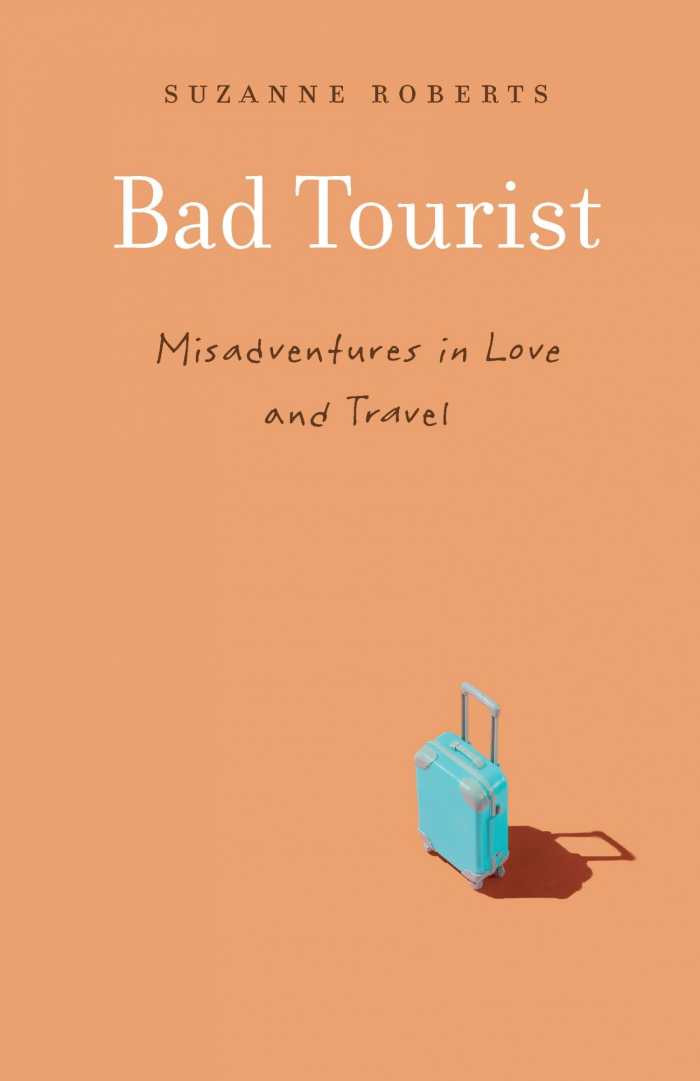
Suzanne Roberts
University of Nebraska Press
Softcover $19.95 (280pp)
978-1-4962-2284-8
Buy: Local Bookstore (Bookshop)
Replete with harrowing and laugh out loud accounts of misadventures at home and abroad, Suzanne Roberts’s Bad Tourist collects entertaining stories from around the world.
Forget the glamour of collecting passport stamps and checking off wild to-dos: Roberts’s tales, told out of sequence but joined by their persistent musing, focus on the less lauded elements of travelling, moments in which the romance of distant places breaks down and reality reemerges. They also capture a second coming-of-age, as Roberts, post-divorce and looking toward her future, redefines her womanhood and reclaims her desires on her own terms.
Captivating, succinct descriptions evoke locations as disparate as Caribbean islands, Prague, Napa, and Greece, recalling “pink-flamed palms,” nighttime swims through bioluminescent waters, cavern air that is “sparse, quiet, humid, still,” and how “The lights of Santorini glimmered on the purple Aegean Sea.” They capture the orange hue of the sun rising over the Ganges, where all smells of “rosewater, fire, and ash.”
But these picture perfect moments bookend a series of “peccadillos—the seemingly harmless things we do in another culture that we would never do in our own,” like giving begging children chocolate on the street. With guilt, Roberts allows herself to be hurried onto a train to escape a Machu Picchu mudslide; her porters remain behind. With embarrassment, she accepts her boyfriend’s hat as a possible bathroom substitute during a gale that leaves them pinned to Florida sands.
What emerges is a sense that the only “bad” decision in a tale of tourism is to attempt to pretty up what’s unsavory or unexpected. Roberts’s tales are enthralling because they are honest, holding up mirrors that any truthful traveler will see themselves reflected in. Flirtations do fall apart. Plans do go awry. And a chance meeting that doesn’t end with happily ever after might still end its own kind of well: “sitting in the salty, pink sunlight, laughing with my beautiful mother, listening to the far-off notes of a saxophone.” Authentic, surprising, and irresistible, Bad Tourist is a travel text worth getting lost in.
MICHELLE ANNE SCHINGLER (October 14, 2020)
No Reading Allowed
The WORST Read-Aloud Book Ever
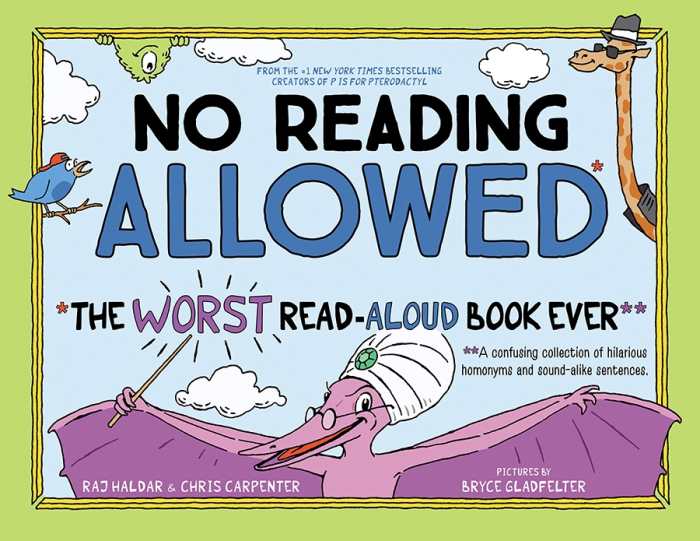
Raj Haldar
Chris Carpenter
Bryce Gladfelter, illustrator
Sourcebooks Explore
Hardcover $17.99 (48pp)
978-1-72820-659-2
Buy: Local Bookstore (Bookshop)
No Reading Allowed is a laugh-out-loud exploration of the absurd world of homonyms. Disparate illustrations are paired with bits of text that sound identical when read aloud, as with a portrait of Sir Francis Bacon by a sunny seaside scene with the caption “Sir, France is bakin’!” A glossary defines unfamiliar words, opening up further opportunities for learning, while fuzzy green monsters hidden in some of the illustrations are a fun scavenger hunt element for younger readers.
DANIELLE BALLANTYNE (October 27, 2020)
What if Night?
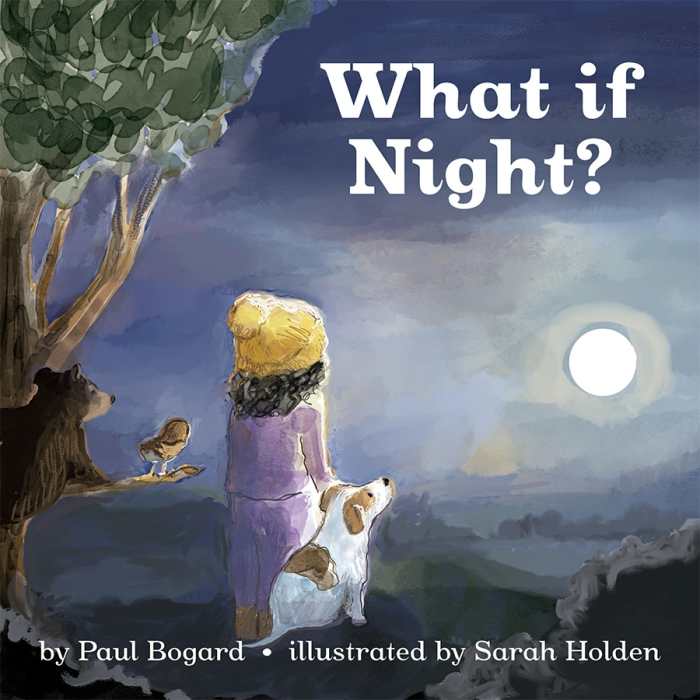
Paul Bogard
Sarah Holden, illustrator
Keystone Canyon
Hardcover $20.00 (32pp)
978-1-953055-01-9
A little girl who wants playtime to never end learns the importance of darkness and rest in What if Night? Rich blues and purples form a peaceful backdrop for nocturnal animals and insects, contrasting with the bright white of the moon and the young girl’s knitted yellow hat. With her playful pup by her side, she grows to appreciate and preserve the darkness, taking care to turn off all of the lights before tucking herself into bed to wait for another day of play to begin.
DANIELLE BALLANTYNE (October 27, 2020)
The Coral Bride
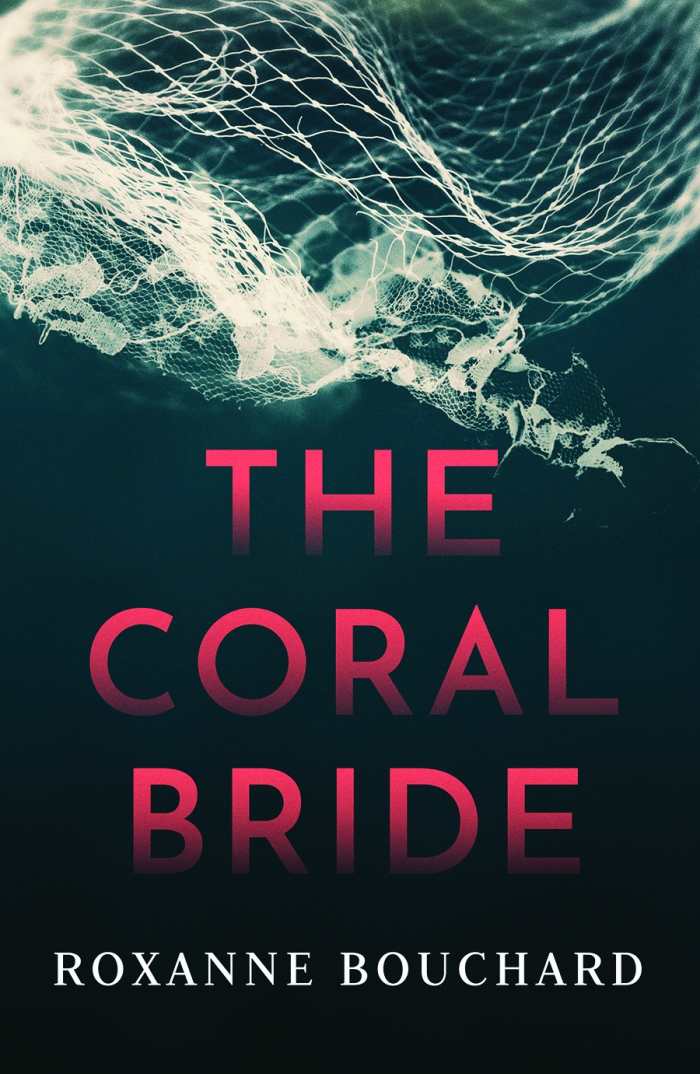
Roxanne Bouchard
David Warriner, translator
Orenda Books
Unknown (300pp)
978-1-913193-32-4
Buy: Local Bookstore (Bookshop)
A woman’s drowning brings deadly and uncomfortable truths to the surface in Roxanne Bouchard’s The Coral Bride.
Angel, one of the only fisherwomen in the Gaspé Peninsula, goes missing just before her tenth wedding anniversary. Over the following days, her family and friends scour the area, hopeful of a happy ending. Still, they are not surprised to find her body, clad in her wedding dress. It is up to Joaquin, a troubled detective sergeant, to pierce the veil of this close-knit fishing community and find the killer within a tangled net of lies, jealousy, and family feuds.
After a gut-punch of an opener, the story takes on a wistful tone. Angel’s family mourns her loss while guarding their own secrets. Joaquin’s relationship with his wife, and with women in general, is in flux, but he does not allow his personal troubles to distract him from his job. Joaquin’s son Sébastien joins the search for Angel, hoping it will distract him from his own relationship troubles and his issues with Joaquin. Their interactions are awash with unanswered phone calls and drowning metaphors.
The setting—Canada’s isolated, windswept Gaspé Peninsula—almost serves as a character in its own right. Its gorgeous landscapes and pristine ocean views hide all manner of resentments and conflicting perspectives. Joaquin investigates the suspects one by one, picking up important clues along the way. He learns about the power of family for both good and ill, and about the dangers that confront every woman who is unafraid to show her strength. The case concludes in a tense finale that draws out its suspense to the very last moment.
The Coral Bride is a haunting murder mystery about how human nature is every bit as dangerous and inscrutable as the sea.
EILEEN GONZALEZ (October 27, 2020)
Laurel Everywhere
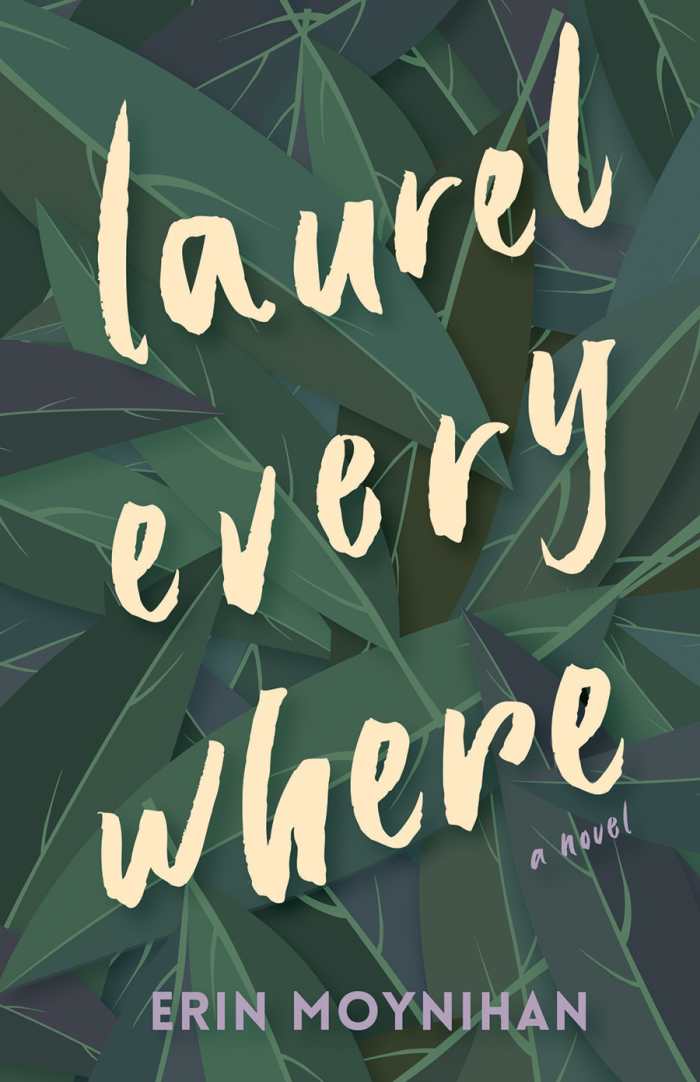
Erin Moynihan
Ooligan Press
Softcover $16.00 (256pp)
978-1-947845-19-0
Buy: Local Bookstore (Bookshop)
With its themes of family, loss, sexuality, and self-discovery, Erin Moynihan’s Laurel Everywhere is a touching and quirky coming-of-age story.
Laurel was named after the laurel bush, a nondescript plant that is found everywhere outside of Seattle, where she lives. Her siblings were also named for flora: Tansy after a pretty yellow flower that Laurel refuses to believe is a weed, and Rowan after a tree native to the Scottish Highlands. As the middle child, Laurel always felt boring compared to her outgoing siblings, like an outsider in her own family because of her idiosyncrasies.
But Laurel’s mom and siblings were killed in a car accident a month ago, and Laurel has begun to feel guilty about her sibling envy, her anger, and all she said and did when they were alive. As she and her dad work to figure out life without the rest of their family, Laurel is thankful for her two best friends, Hanna and Lyssa, whom she needs now more than ever. But since Hanna kissed Laurel, things have been weird between them.
Written from Laurel’s perspective, the story is sympathetic to first loves and heartbreaking loss. Laurel’s confused feelings are rendered in sensitive prose, and the book is convincing in its portrayals of the pain of loss. Laurel’s voice is loud and clear as she describes hating the man who was driving the truck that hit her family.
The book also centers self-awareness and growth. Laurel longs to be more comfortable in her own skin and to find coping mechanisms to deal with her loss. Though she uses some humor and distractions, she also talks to Ghost Mom to soothe herself and grapple with questions of how to move forward without her.
Laurel Everywhere is a tender, honest novel of self-discovery in which family and friends love and support a teenager through her challenging times.
KARLA STRAND (October 27, 2020)
Barbara Hodge
